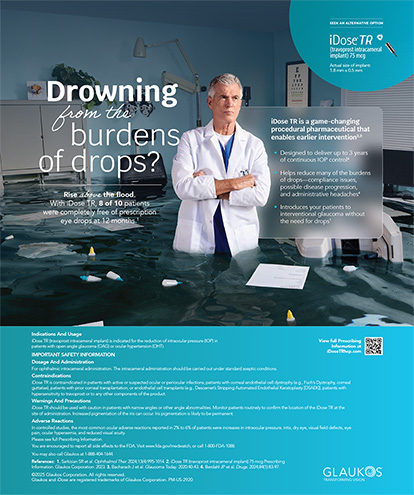
Immediately after my residency, I joined a practice that was predominantly Health Maintenance Organization (HMO)-based. Within a few months, I realized that the kind of patient interaction I desired was incompatible with the constant struggle over insurance authorization and payments. The issue was not just the high volume of patients but also how insurance dynamics negatively affected the doctor-patient relationship. Dealing with authorization friction and fighting for what I believed to be fair compensation for my skills were exhausting. The presence of insurers felt intrusive, affecting my decisions in the exam room and my ability to do what I thought was best for my patients.
I began to phase out HMO contracts, one after the other, until I was free of them. Next, I progressively dropped Preferred Provider Organizations and transitioned to out-of-network status until only Medicare remained. With each insurance contract I let go, my patient volume and total revenue decreased. The reductions were offset by a significant improvement in my ability to develop my practice and interact with patients in a way that was more satisfying and compassionate.
ADOPTING A CASH-BASED PRACTICE MODEL
My practice operates on an all-cash or out-of-pocket basis. I am not affiliated with any HMO panels. I am an out-of-network provider for all insurance plans, and I have opted out of Medicare. Patients pay for their services at the time of their appointments. Upon request, my staff can provide an itemized receipt, which patients can use to seek reimbursement from their insurance providers, excluding Medicare. Although my office does not bill insurance directly, we assist patients in understanding their benefits and, when necessary, help them to obtain prior authorization for surgeries to facilitate reimbursement.
When I opted out of Medicare, the impact was immediate and profound. Almost 70% of my practice vanished overnight, a financially devastating yet expected outcome. This experience underscored the need for any physician considering this step to be fully prepared, both financially and emotionally, for the potential loss of a significant portion of their Medicare patients. Over the years, an interesting trend emerged: the majority of my practice now consists of patients of Medicare age, despite Medicare’s nonreimbursement policy for services provided by an opted-out physician.
Remarkably, the demographics of my practice have not drastically changed since opting out. The patients I see are not exclusively affluent; rather, they are individuals who, regardless of their financial status, prioritize their vision and value specialized care beyond standard entitlements.
ADVANTAGES
Enhanced doctor-patient relationships. When patients select a physician as their contracted provider, it raises the question: Is the patient interested in the specific doctor, or is the provider interchangeable to them? The question is removed for out-of-network providers and those who opt out of Medicare. Each patient who sees me has deliberately chosen me for their eye care, building a relationship on mutual respect and understanding. Insurers as a mediating third party can introduce friction and distrust into the doctor-patient dynamic. Removing them paves the way to a more compassionate and benevolent relationship.
The luxury of time. In my practice, substantial time is devoted to patient care. I spend an average of 45 minutes on each face-to-face consultation and an additional 10 to 20 minutes reviewing patients’ medical history and test results. This comprehensive approach, focused on the individual’s unique eye health, contrasts sharply with the time constraints I faced in an in-network system, where care for up to 50 patients a day was the norm. The extra time allows for personalized treatment planning and creative, patient-focused solutions unhampered by the usual pressures of a high-volume clinic.
Personalized care. A customized approach benefits patients. Understanding each patient’s unique eye condition facilitates IOL selection and surgical success. My practice’s commitment to tailoring care to individual needs and excellent patient communication helps to minimize their anxiety about surgical decisions, something those requiring nuanced care particularly appreciate.
The thoroughness of my approach allows me to consider how specific characteristics of a patient’s eye might interact with different IOL options, thereby reducing the likelihood of adverse outcomes and enhancing overall patient satisfaction.
MAKING THE SHIFT
Transitioning to a concierge-based practice model requires a candid assessment of the physician’s personal goals and motivations. The change was one of the most challenging endeavors I have faced. Adopting this model does not guarantee enhanced financial success. In fact, financially, I am not as well off as many of my local colleagues, but this model has brought me great professional and personal satisfaction. This sense of fulfillment is a testament to the value I place on the quality of care and the relationships I build with my patients.
I have exchanged a growth-centric mindset for a patient volume that keeps me comfortably busy, adequately covers my overhead, and supports my family’s needs. I enjoy my work and have minimal concerns about professional burnout or disillusionment.




